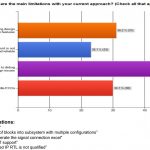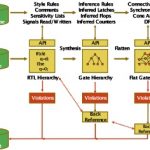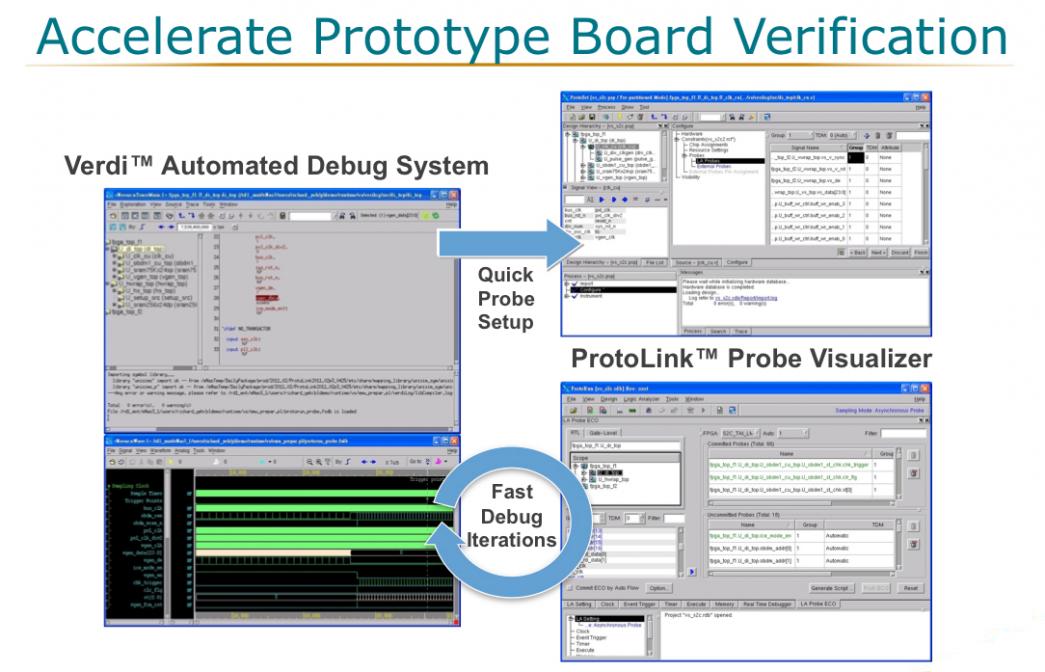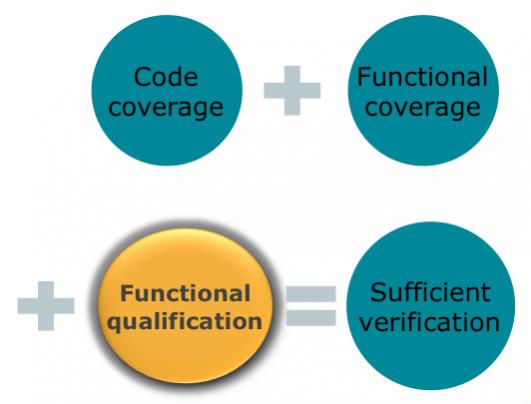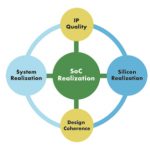Atrenta did an online survey of their users. Of course Atrenta’s users are not necessarily completely representative of the whole marketplace so it is unclear how the results would generalize for the bigger picture, your mileage may vary. About half the people were design engineers, a quarter CAD engineers and the rest … Read More
Tag: rtl
Design for test at RTL
Design for test (DFT) imposes various restrictions on the design so that the test automation tools (automatic test pattern approaches such as scan, as well as built-in self-test approaches) will subsequently be able to generate the test program. For example, different test approaches impose constraints on clock generation… Read More
FPGA Prototypes Made Easy
FPGA-based prototype boards are a fast, cost-effective platform for SoC system validation but they are notoriously difficult to set up and to debug. There is a big upside, however, allowing early software integration and testing and thus finding bugs in both the software and the SoC earlier. This approach is much cheaper than … Read More
How Good is Your Verification?
The traditional way for analyzing the effectiveness of testing in the software world and in the RTL world is code coverage. Make sure that every line of code is executed. This is a pretty crude measure since even 100% code coverage doesn’t mean that all the condition has really been tested but it is certainly necessary–after… Read More
SOC Realization: How Chips Are Really Designed
If you just casually peruse most marketing presentations by EDA companies, you’d come to the conclusion most SoCs are designed from scratch, wrestlilng the monster to the ground with bare hands. But the reality is that most SoCs consist of perhaps 90% IP blocks (many of them memories). That still leaves the remaining 10% … Read More


